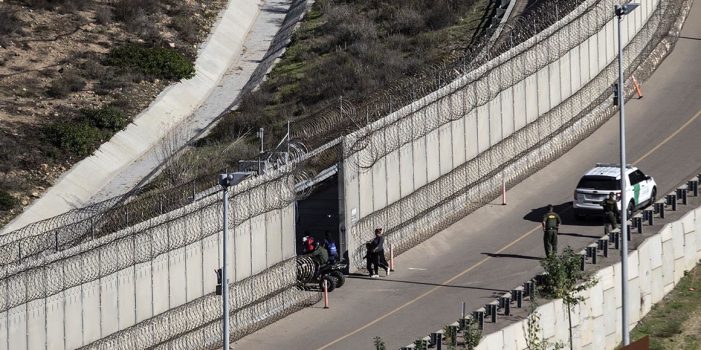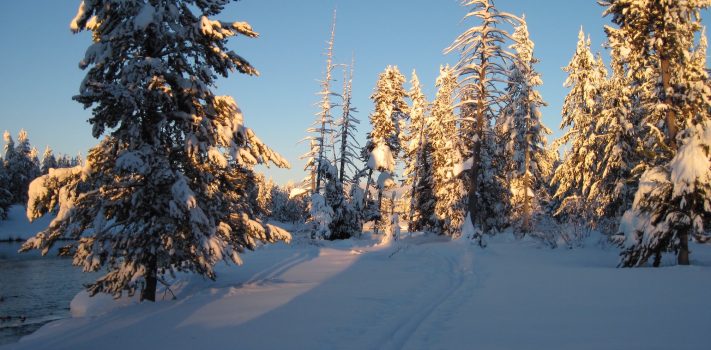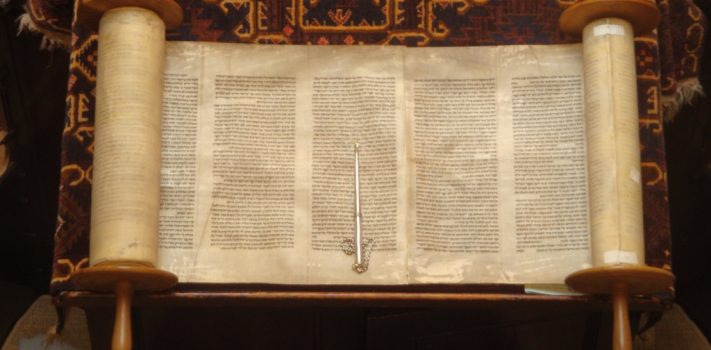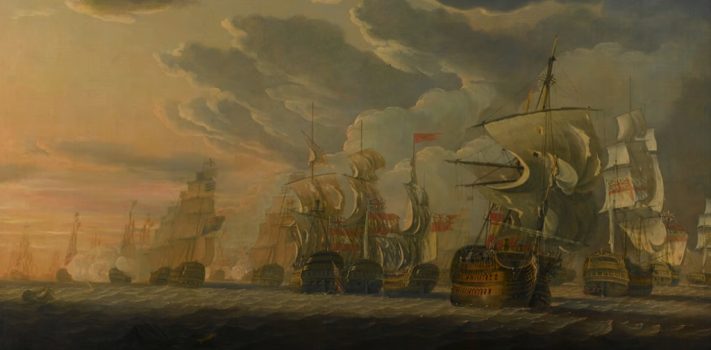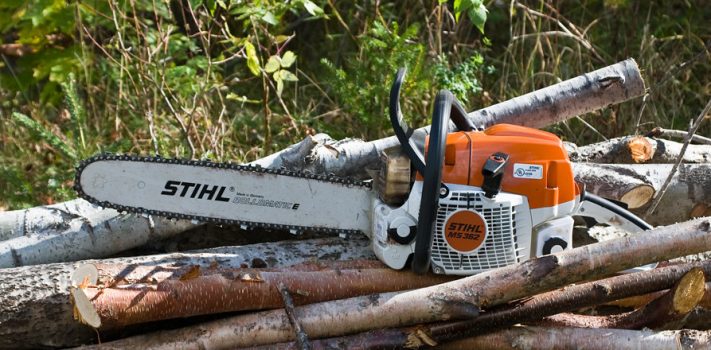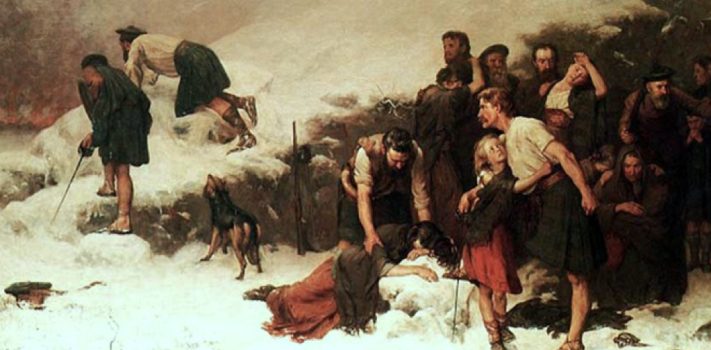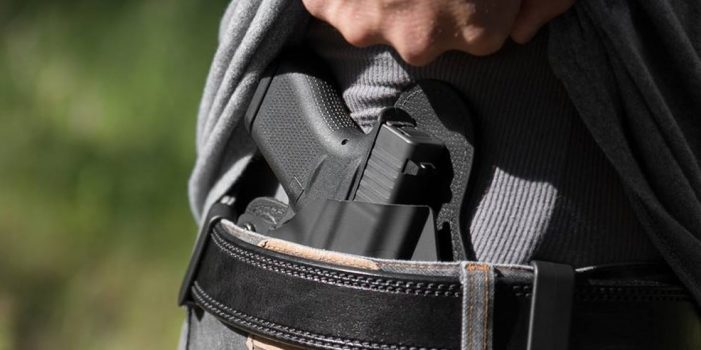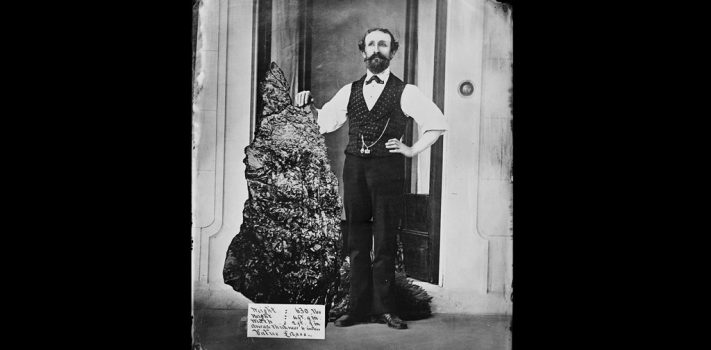“I will love thee, O Lord, my strength.
The Lord is my rock, and my fortress, and my deliverer; my God, my strength, in whom I will trust; my buckler, and the horn of my salvation, and my high tower.
I will call upon the Lord, who is worthy to be praised: so shall I be saved from mine enemies.
The sorrows of death compassed me, and the floods of ungodly men made me afraid.
The sorrows of hell compassed me about: the snares of death prevented me.
In my distress I called upon the Lord, and cried unto my God: he heard my voice out of his temple, and my cry came before him, even into his ears.
Then the earth shook and trembled; the foundations also of the hills moved and were shaken, because he was wroth.
There went up a smoke out of his nostrils, and fire out of his mouth devoured: coals were kindled by it.
He bowed the heavens also, and came down: and darkness was under his feet.
And he rode upon a cherub, and did fly: yea, he did fly upon the wings of the wind.
He made darkness his secret place; his pavilion round about him were dark waters and thick clouds of the skies.
At the brightness that was before him his thick clouds passed, hail stones and coals of fire.
The Lord also thundered in the heavens, and the Highest gave his voice; hail stones and coals of fire.
Yea, he sent out his arrows, and scattered them; and he shot out lightnings, and discomfited them.
Then the channels of waters were seen, and the foundations of the world were discovered at thy rebuke, O Lord, at the blast of the breath of thy nostrils.
He sent from above, he took me, he drew me out of many waters.
He delivered me from my strong enemy, and from them which hated me: for they were too strong for me.
They prevented me in the day of my calamity: but the Lord was my stay.
He brought me forth also into a large place; he delivered me, because he delighted in me.
The Lord rewarded me according to my righteousness; according to the cleanness of my hands hath he recompensed me.
For I have kept the ways of the Lord, and have not wickedly departed from my God.
For all his judgments were before me, and I did not put away his statutes from me.
I was also upright before him, and I kept myself from mine iniquity.” – Psalm 18:1-23 (KJV)

